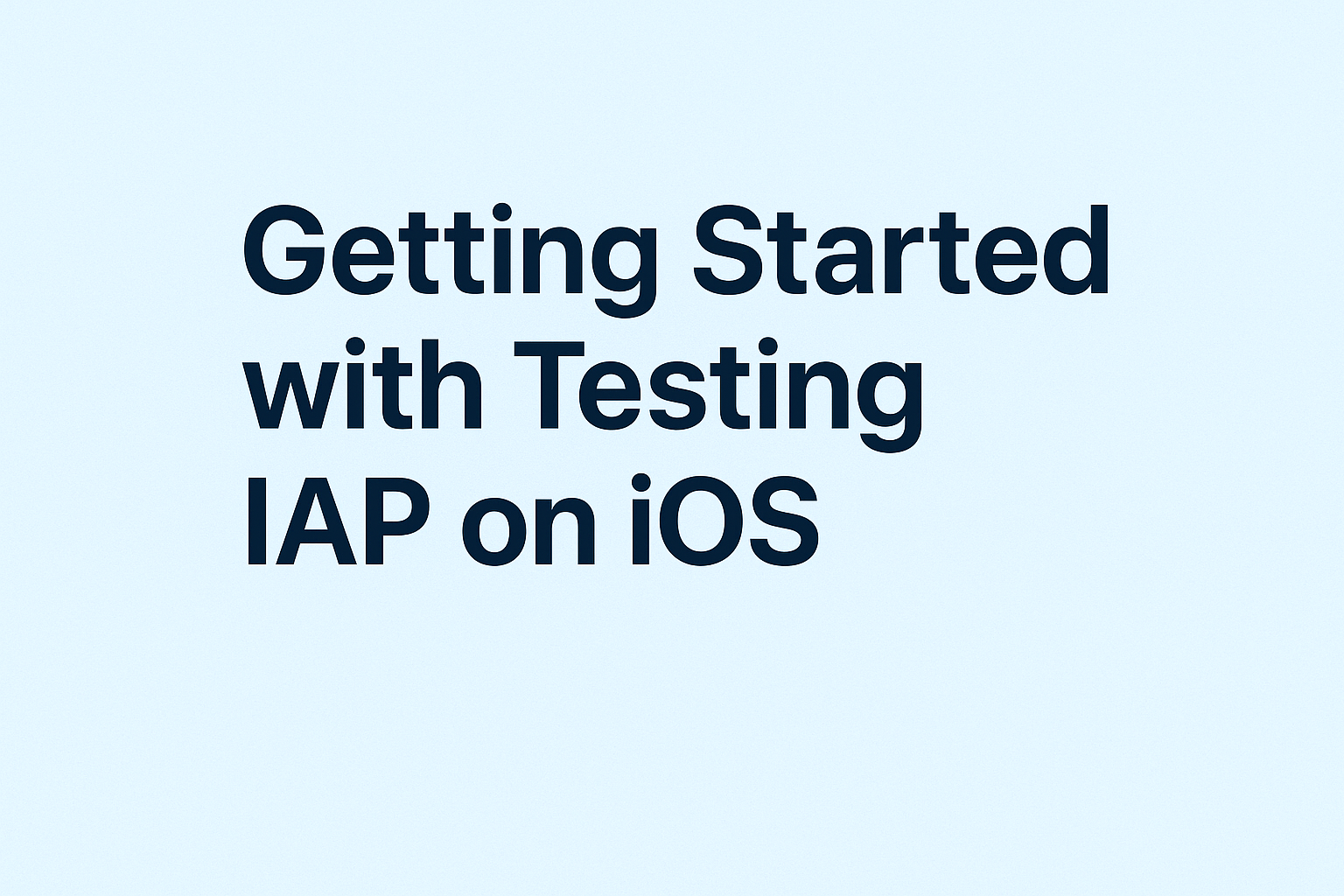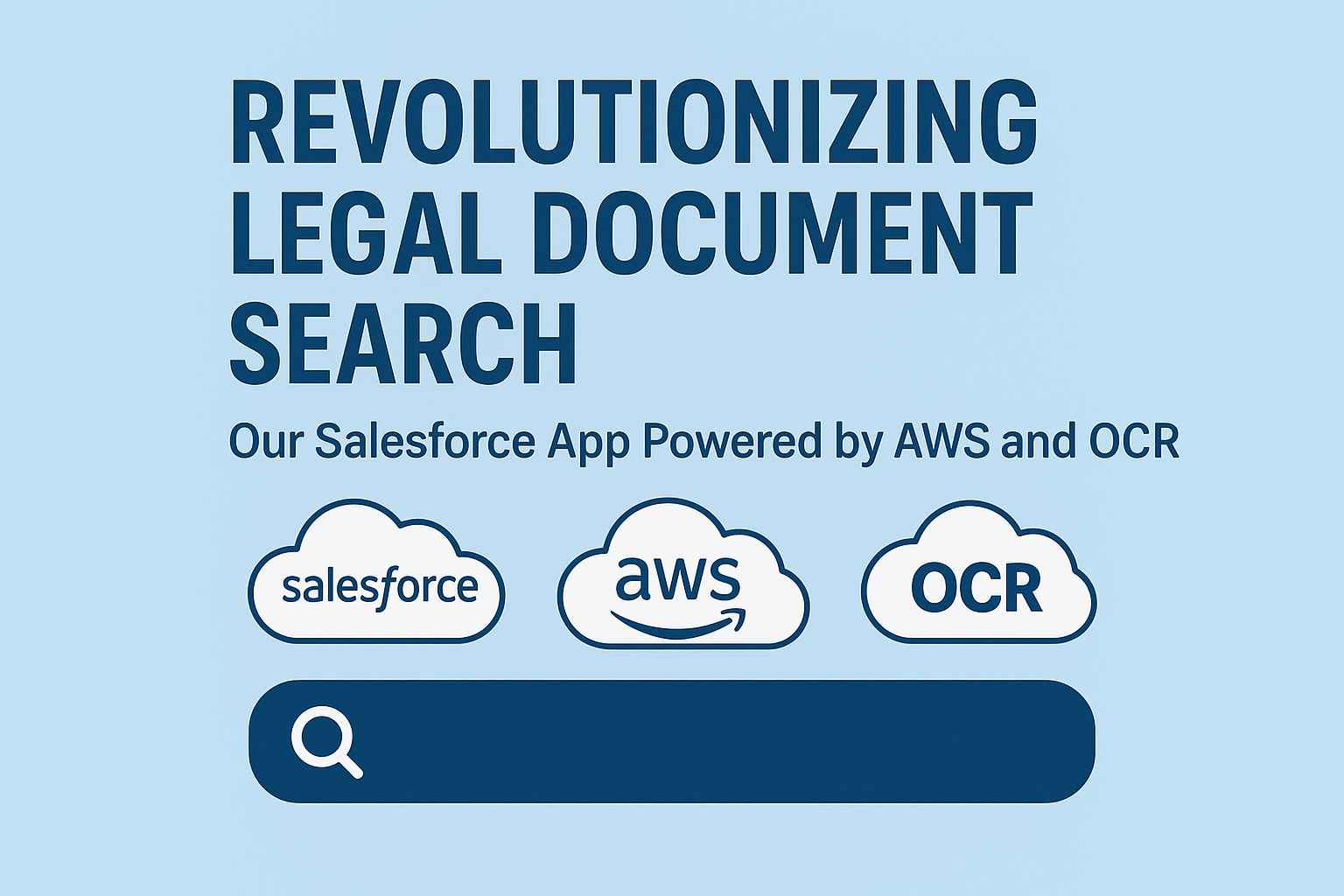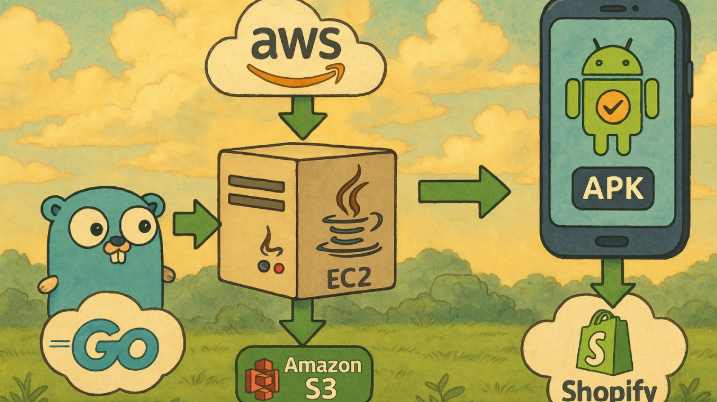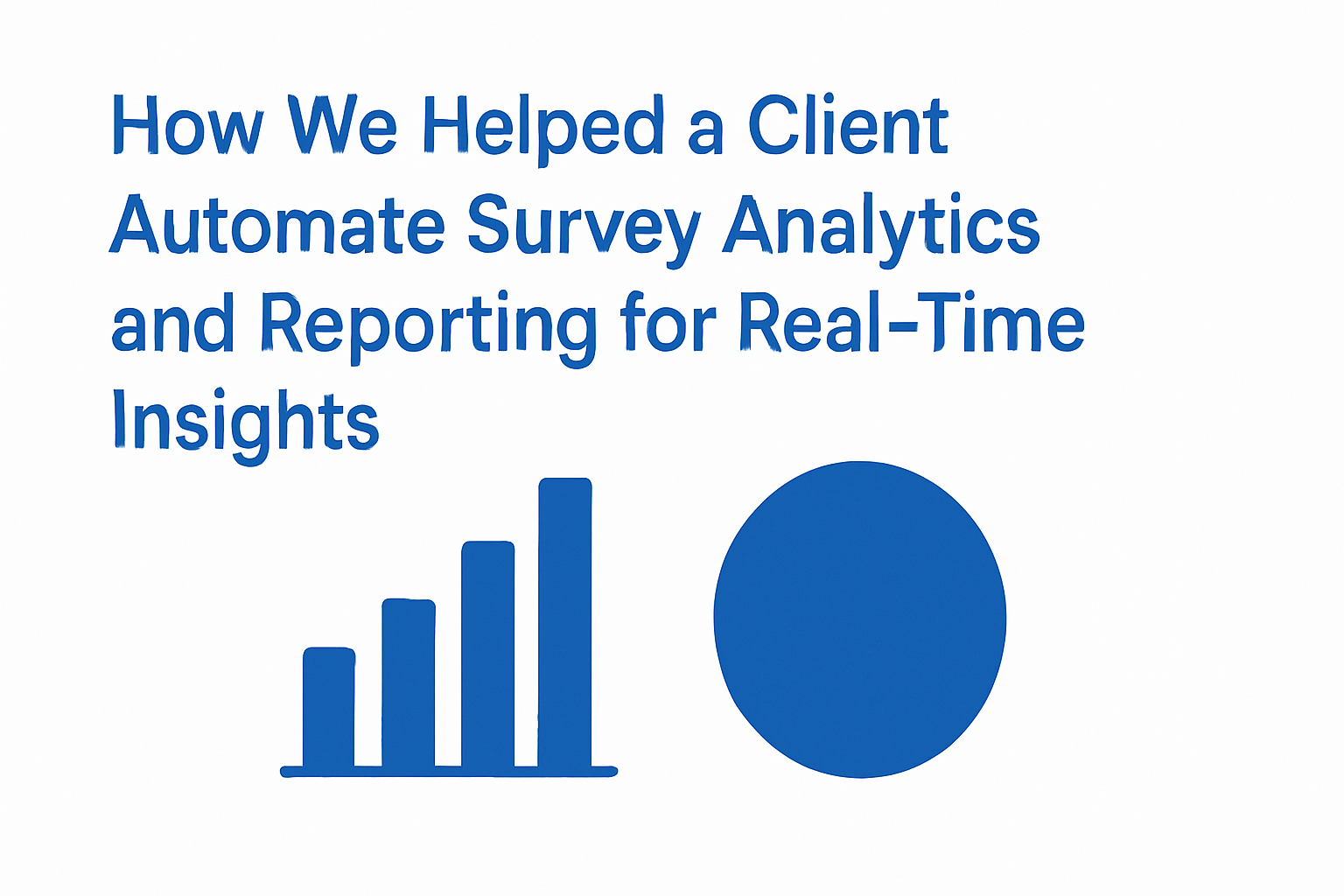During a project kickoff meeting last month, our newest team member asked a question we often hear. She’s a junior developer. Her question was simple: “Why do we always start with technical evaluation? Other teams jump straight into coding!” 💻
It’s certainly a fair question. In today’s fast-paced development world, technical evaluation might seem like a delay. However, it’s actually the key to building successful, scalable projects. 🚀
Understanding Technical Evaluation 🧐
Technical evaluation is a crucial assessment process. It happens before, during, or after development. Moreover, it involves several key components:
- Understanding the project’s technical requirements 🔍
- Spotting potential challenges and risks ⚠️
- Choosing the best tools and technologies 🛠️
- Making sure the solution is scalable, reliable, and efficient 📈
This evaluation is essential whether you’re starting fresh or optimizing existing work. Additionally, it helps ensure what we build today can grow with the business. As a result, solutions stay effective long-term. 🔄
Why Technical Evaluation Matters 🤔
Let me share two scenarios. These examples show how technical evaluation makes all the difference:
New Projects: Planning for Growth 🔮
Consider building a mobile banking app. Initially, it might only need basic features. For example, checking balances and transferring money.
However, proper technical evaluation helps us anticipate future needs. What if we later want to add loan applications? Furthermore, what about financial advice features? Without planning ahead, the app might require costly rewrites later.
Therefore, by doing technical evaluation upfront, we ensure smart architecture. Consequently, the app can easily support new features as the business grows. 🏦
Existing Projects: Solving Root Problems 🔧
Now imagine we’re working on an existing e-commerce platform. It’s been running well. But during peak times, it starts slowing down.
Rather than rushing to patch things, technical evaluation helps us differently. Instead, it helps us identify the core issue. Maybe the database needs optimization. Alternatively, we might need more server resources.
Through this process, we don’t just fix symptoms. On the contrary, we solve problems at their root. As a result, this prevents future breakdowns. 🛒
Technical Evaluation Best Practices ✅
Here’s our approach. It works for both new projects and existing optimizations:
1. Understand the Requirements 📋
For new projects: What are the core features? Also, what might be needed later?
For existing projects: What are the current pain points? Similarly, how can we improve performance?
2. Think Ahead 🔎
We ask questions like, “What happens when this scales?” Additionally, we consider, “What if this feature is added later?” This approach makes the project future-proof.
3. Select the Right Technologies 🔧
We don’t just pick the most exciting new tech. Instead, we choose what works best for the project’s needs. This applies both now and in the future.
4. Plan for Scalability 📈
Think about system growth early. Will it need more users? Also, what about new features?
Design for scalability from the start for new projects. Meanwhile, for existing ones, find efficient scaling methods.
5. Identify Risks ⚠️
Server load, security issues, integration challenges—we make sure we’re aware of potential risks upfront. Furthermore, early identification helps us prepare solutions.
6. Create a Roadmap 🗺️
Document everything: technologies, risks, scalability plans, and key milestones.
This roadmap guides development. Moreover, it keeps everyone aligned throughout the process.
Real-World Technical Evaluation Success Story 🚀
A recent project showed the power of thorough technical evaluation. The client initially suggested using a payment gateway and cart functionality. They wanted users to buy multiple digital products. However, our evaluation revealed several issues:
Platform Requirements: Both iOS and Android require digital products to be sold via their in-app systems. They don’t allow external payment gateways.
Cart Limitations: In-app purchases treat each product as a separate transaction. Therefore, traditional cart functionality becomes impossible.
Cross-Platform Consistency: Managing transactions across both platforms needed a unified approach.
The Solution: Smart Bundles Instead of Carts 🎁
Since cart functionality wasn’t possible, we proposed bundles as an alternative. Users could buy:
-
All Subjects Package: Includes every subject or course.
-
Custom Package: Offers a group of carefully chosen subjects or content.
-
Each bundle was processed as a separate in-app purchase. This approach followed platform policies. At the same time, it gave users flexibility to buy multiple items together.
The Results
Our technical evaluation helped us achieve several goals:
- Ensure compliance with App Store and Google Play guidelines
- Create bundles that let users buy multiple items at once
- Unify iOS and Android transactions for a consistent user experience
Technical Evaluation: Your Project’s Foundation
Technical evaluation isn’t just a step in the process. Rather, it’s the foundation that makes everything else possible. Whether you’re building something new or improving what exists, taking time for proper evaluation saves resources. Specifically, it saves time, money, and headaches later.
The next time someone asks why we don’t just “jump into coding,” you’ll know the answer. Smart projects start with smart planning. 🎯
If you’d like to learn more about how we unified iOS and Android transactions, check out this blog for a deeper dive into the process and challenges we faced!
If you have more ideas or thoughts, feel free to leave a comment on my LinkedIn post!






Leave a Reply
You must be logged in to post a comment.